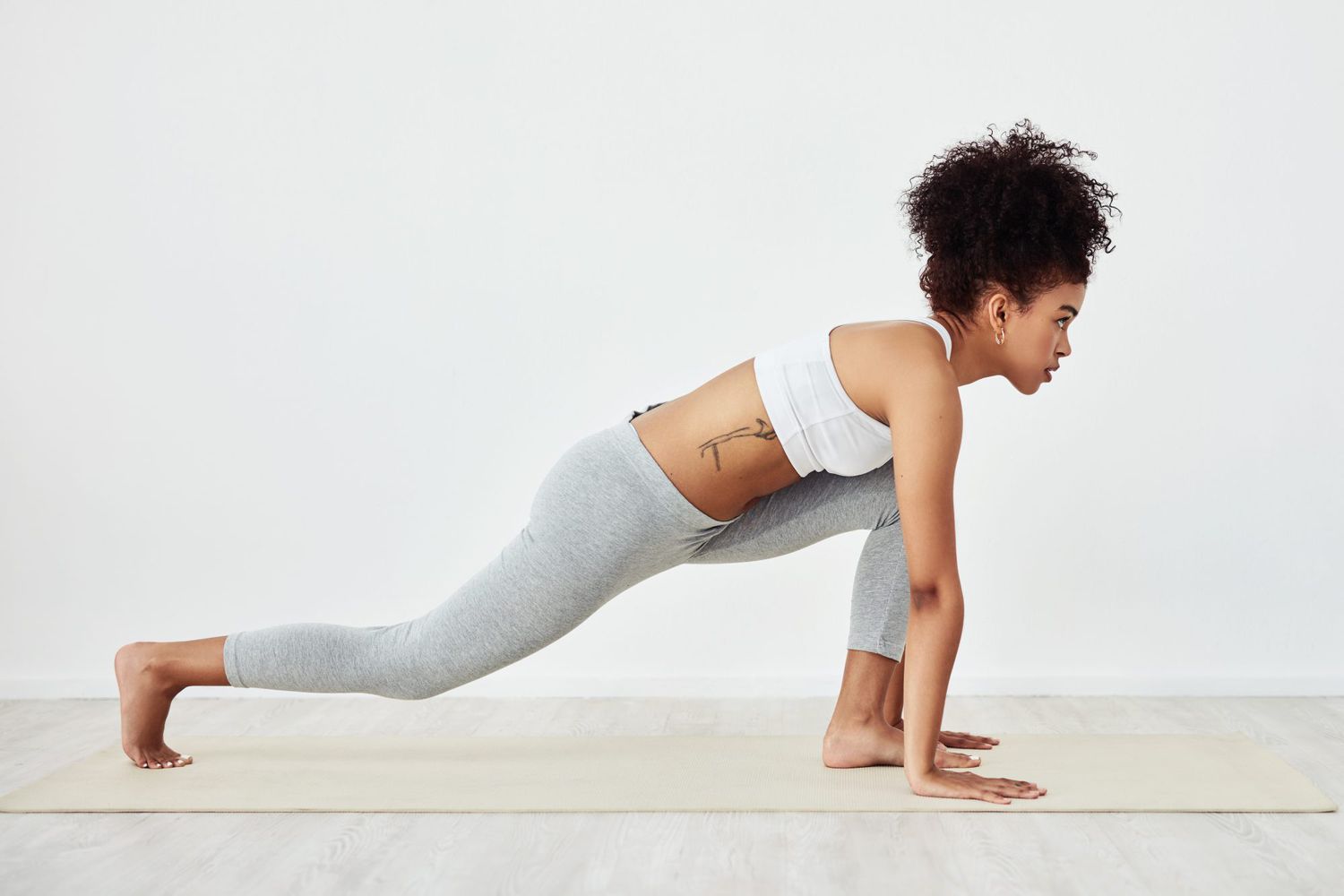
This One Breathing Trick Could Double Your Flexibility
Pilates Pila – Could something as simple as breathing be the key to unlocking your body’s hidden flexibility? You may stretch daily, follow the best routines, and still feel stuck tight hips, a stiff spine, hamstrings that refuse to loosen. But what if the missing link isn’t another stretch, but the way you breathe? Surprising as it sounds, this one breathing trick could double your flexibility and it’s backed by science and used by elite athletes, yogis, and top Pilates instructors. Whether you’re struggling with forward folds, spinal twists, or deep lunges, applying intentional breath control can dramatically change the way your body moves and opens.
Let’s explore how it works and how you can start using it today.
Breath is not just for oxygen. It plays a huge role in how your nervous system responds to movement. When you breathe shallowly or hold your breath during a stretch, your body perceives tension or even danger. That triggers the sympathetic nervous system your fight-or-flight mode making muscles tighten in defense.
But when you use deep, controlled diaphragmatic breathing, you switch to the parasympathetic nervous system your rest-and-digest mode. This calms your body, reduces muscle guarding, and allows tissues to release safely.
So, if you’re forcing a stretch and holding your breath, you’re actually working against your body. But if you pair a stretch with the right breath, your muscles will relax, lengthen, and allow for greater range of motion.
Read More: The Unexpected Benefits of Intergenerational Senior Communities
The core technique is simple but powerful: inhale deeply through the nose, then exhale slowly twice as long as the inhale through the mouth.
Here’s how to apply it:
Sit or lie in a relaxed position
Inhale for 4 seconds through your nose
Exhale slowly for 8 seconds through pursed lips
Repeat for at least 5–10 rounds
During each long exhale, your nervous system shifts into a calm state, signaling muscles to release. You can do this while stretching or as a standalone practice before a workout or Pilates session.
Over time, this trains your body to associate stretching with calmness, not tension. That’s where the magic happens.
Let’s say you’re in a seated forward fold or doing the Saw in Pilates. Try this:
As you inhale, prepare your body lengthen your spine or find alignment
As you exhale slowly, fold forward deeper into the stretch
Hold at the edge of discomfort not pain while continuing slow breathing
With every exhale, you may notice your muscles releasing further
This technique works especially well for hip openers, hamstring stretches, spinal rotations, and side bends. Anywhere your body tends to “guard” or feel stuck is where the breath will make the biggest difference.
Many practitioners who use this trick consistently report more than increased flexibility:
They feel calmer before and after workouts
They recover faster after intense Pilates sessions
They sleep better thanks to the nervous system regulation
They move more efficiently, with less strain and tension
This is why so many instructors incorporate breathing exercises into the start of a Pilates session because they prepare both mind and body for safe, effective movement.
It’s tempting to think of this as a hack but like any habit, consistency matters. Using this breathing method once might help a little. But doing it every day, even for five minutes, creates lasting change in how your body and brain communicate.
It also improves your awareness. You’ll begin to notice when you’re tensing up, holding your breath, or pushing too hard. You’ll become more mindful during movement and that’s the real key to long-term flexibility and injury prevention.
Before you go into your next Pilates routine, take 2 minutes to do the extended exhale method while seated or lying down. Notice how your body feels afterward more grounded, more open, more ready.
Then, as you move through class, keep your breathing slow and intentional. Match breath with motion. Inhale to prepare, exhale to extend or twist. Over time, your body will naturally deepen the stretch and you won’t need to force a thing.
It’s easy to chase flexibility through deeper stretches, longer sessions, or fancier poses. But often, the biggest shift comes from something simple. This one breathing trick could double your flexibility not by changing your body overnight, but by unlocking the nervous system patterns that keep you stuck.
You don’t need to stretch harder. You just need to breathe smarter